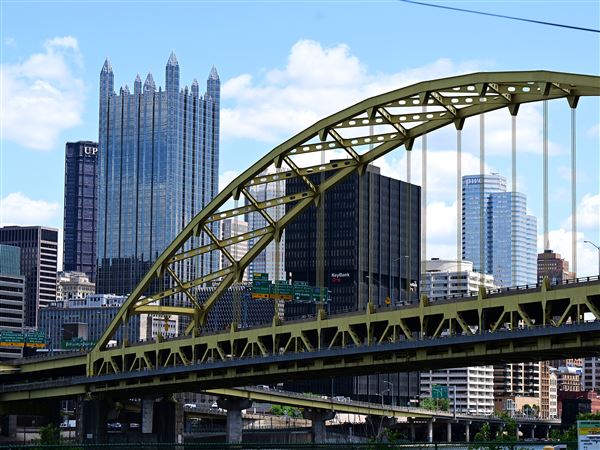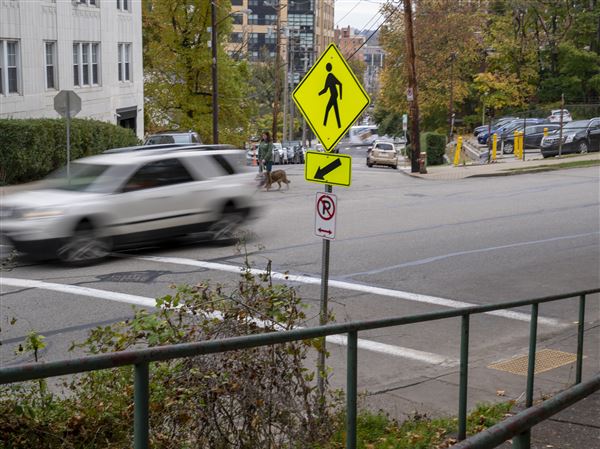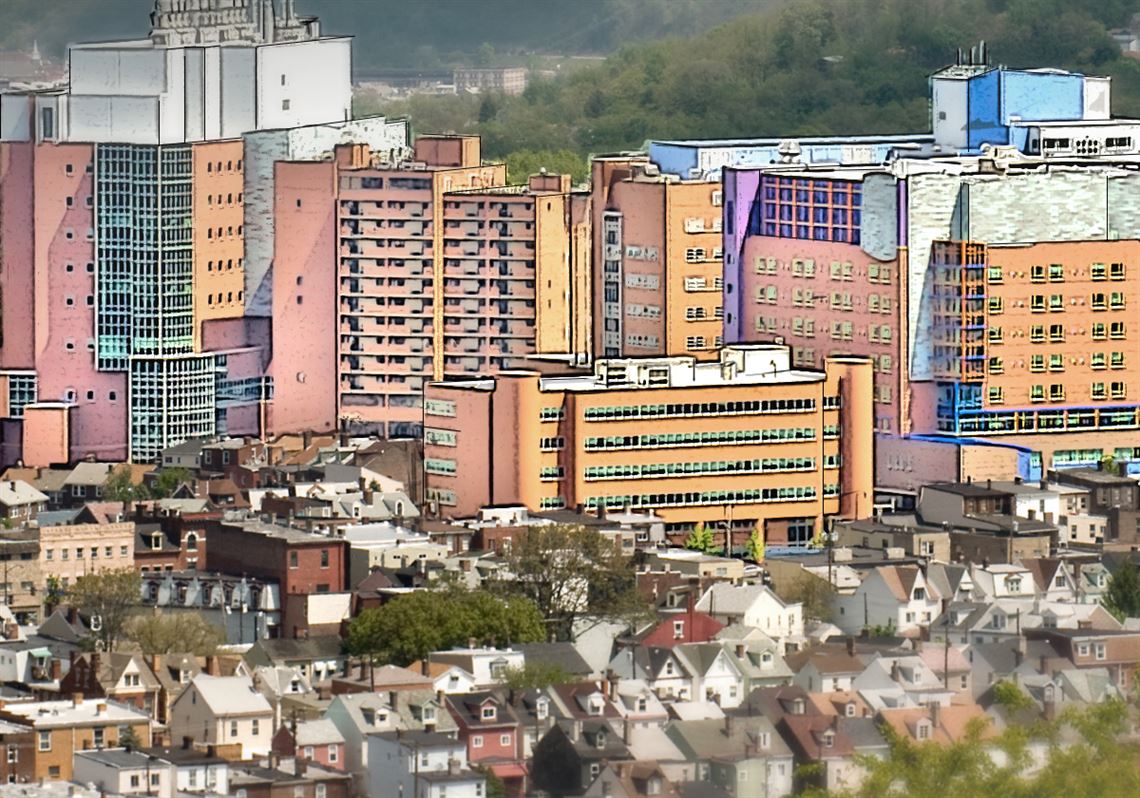Mayor Bill Peduto was traveling when Japanese tourists took note of his visa.
“I’m from Pittsburgh. That’s in Pennsylvania,” he told them. “Ahh,” the travelers replied. “Hospital city.”
Mr. Peduto told the story Friday at UPMC Shadyside Hospital as the health care system announced plans to spend $2 billion to build three specialty hospitals in the city. Combined with a commitment in October by UPMC rival Allegheny Health Network to spend $1 billion for five more hospitals and other medical facilities, the region is, for better or worse, betting its economic fortunes on an industry roiled by head-spinning change and uncertainty.
AHN’s parent corporation Highmark Health plans to build a 160-bed hospital in Pine and four other so-called microhospitals in the Pittsburgh area, which will have 10 to 12 beds each. At the same time, UPMC will build specialty care hospitals near the campuses of UPMC Mercy, Presbyterian and Shadyside hospitals.
The building boom is happening as changes in medicine accelerate and President Donald Trump lobbies to end the individual mandate to have health insurance, a trip wire that many experts say would collapse the market for Affordable Care Act health insurance.
UPMC organ transplant pioneer Thomas Starzl put Pittsburgh on the global health care map starting in the 1980s, giving the city’s economy a new direction after the collapse of the steel industry. Now, UPMC wants to continue that pioneering legacy with what it calls the hospital of tomorrow.
Western Pennsylvanians may ultimately pick up the lion’s share of the tab for new hospital construction in higher health insurance premiums, according to Paul Ginsburg, director of the Center for Health Policy at Brookings Institution, a nonprofit public policy organization based in Washington, D.C.
“It’s a medical arms race,” Mr. Ginsburg said. “Both hospital systems have a lot of clout with insurers. If this drives up costs, they’re in a pretty position to raise rates to cover it and some of the costs are especially going to fall on people in Western Pennsylvania.”
UPMC officials at Friday’s news conference dismissed the idea that health system expenditures were linked to insurance premiums. Despite the ambitious construction plans, UPMC Health Plan is advertising the lowest cost health insurance plans on Pennsylvania’s health insurance marketplace and UPMC officials say the new facilities will attract patients from around the country, offsetting expenses.
Moreover, the new facilities will attract top-notch researchers who will take on such daunting problems as restoring sight to the blind and finding cures for cancer, said Steven Shapiro, UPMC chief medical and scientific officer.
Robert Berenson, institute fellow at the Washington, D.C.-based Urban Institute, disagreed that premiums aren’t linked to such investments, saying Medicare’s payments to health care providers are roughly equal to the health system’s cost of providing care.
The amount that insurers pay medical providers has been rising sharply, with the amount Medicare pays closest to the actual cost, Dr. Berenson said. Commercial insurance rates as a percentage of Medicare reimbursement nearly doubled between 1995 and 2012, reflecting a national period of rapid hospital consolidation that tilted the bargaining power on rates away from insurers and consumers.
“Payers don’t have any clout,” Dr. Berenson said. “We have a broken system and Pittsburgh is one example of it.”
“Public policy has no mechanism to address this issue.”
Here’s a silver lining: the bolus of new hospital spending will create good-paying jobs in Western Pennsylvania and the opportunity to expand technical training programs for people ready for a new career.
Depending on the definition used, health care already represents 14 percent to 20 percent of the Pittsburgh region’s jobs — the biggest share, said Vera Krekanova Krofcheck, chief strategy and research officer at Partner4Work, a Downtown-based workforce development organization.
And the wages and opportunities for advancement are good: the average salary in the health care and social assistance category was $60,129 last year, higher than the national average of $57,512.
UPMC didn’t release estimates of how many jobs will be created by its new hospitals, which is likely to be significant. Highmark estimates that its projects would create 800 health care jobs.
Pittsburgh doesn’t have enough technically trained people to fill all the existing jobs, so new hospital and health care spending could pressure training programs at Community College of Allegheny County and other institutions to expand, Ms. Krofcheck said.
Registered nurses comprise the biggest group in the region’s health care sector with 27,834 jobs or 14.8 percent of the total 188,165 jobs.
“Health care is at the core of the regional economy,” Ms. Krofcheck said. “It cannot be ignored.”
Ignoring health care in Western Pennsylvania will be harder still after the planned $3 billion infusion into the local economy. At the news conference Friday, Mr. Peduto said UPMC’s plans signaled that the city’s comeback from the collapse of heavy industry decades ago was complete.
“Pittsburgh is back on the global stage,” he said, adding that he had only one word to say after UPMC president and CEO Jeffrey Romoff briefed him privately on the system’s construction plans: “Wow.”
Kris B. Mamula: kmamula@post-gazette.com or 412-263-1699
First Published: November 6, 2017, 1:54 p.m.
Updated: November 6, 2017, 2:49 p.m.














